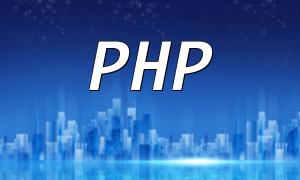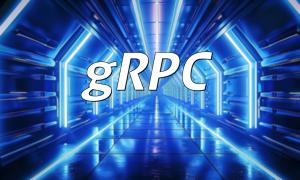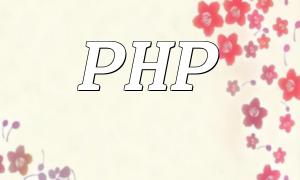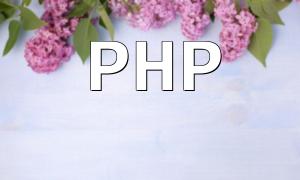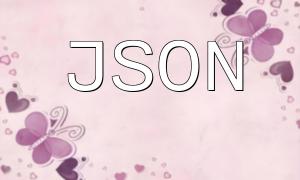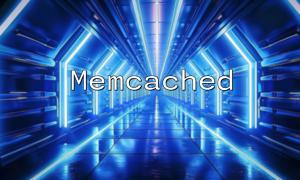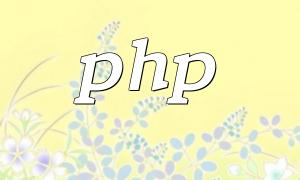In modern web development, HTML (HyperText Markup Language) and PHP (Hypertext Preprocessor) are two widely used technologies. HTML is responsible for the structure and content presentation of web pages, while PHP is used for server-side processing to add dynamic features to websites. Understanding the advantages of both technologies helps developers combine them effectively, enhancing web user experience and functionality.
As a markup language, HTML's syntax is relatively simple and easy to understand, making it ideal for beginners. By learning just the basic tags and attributes, you can create simple web layouts.
HTML can run smoothly on various browsers and devices. This cross-platform compatibility ensures users receive a consistent browsing experience regardless of the device they use.
The logical and semantic structure of HTML makes it easier for search engines to crawl and understand the content of the web pages, which helps improve search engine rankings. This makes HTML an essential tool in SEO optimization.
Unlike static web pages, PHP can generate dynamic content, allowing developers to update web pages in real-time based on user input or data from databases. This dynamic nature greatly enhances user interaction.
PHP has many extensions and libraries that make it easy to implement complex functionalities, such as file handling, database operations, and session management. This makes PHP a powerful backend development tool.
PHP is open-source, with strong community support. Developers can find a wealth of documentation, tutorials, and plugins, which reduces learning costs and development time.
In real-world development, combining HTML and PHP allows developers to leverage the advantages of both. For example, HTML can be embedded in PHP to generate dynamic web content:
This combination ensures that web pages not only have good structure and layout but can also dynamically respond to user needs, greatly enhancing user experience.
In conclusion, whether it's the simplicity and SEO-friendliness of HTML or the powerful features and open-source nature of PHP, the combination of these two technologies provides endless possibilities for web development. By understanding and effectively using both technologies, developers can create more engaging and interactive websites to meet the evolving demands of users.
